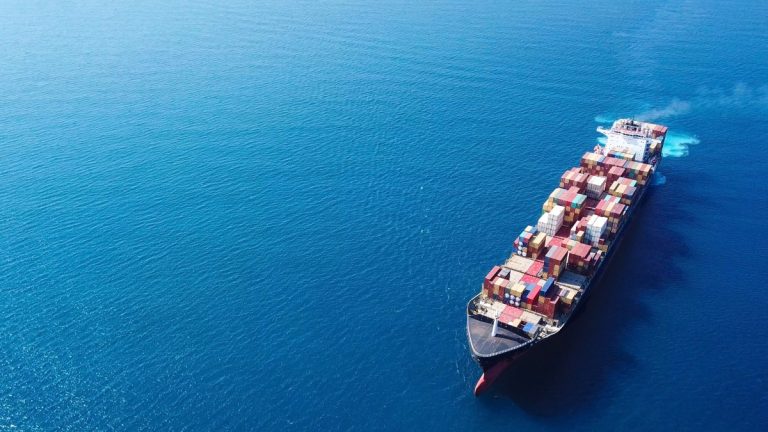Global shipping costs are soaring. Not quite to the levels seen earlier in the pandemic, but within that range. The reasons for this are a perfect storm, including concerns about actual storms… and more.
“For example, the cost of shipping a container from Shanghai to New York has tripled this year,” said Tim Denoyer, senior analyst at ACT Research. He said the cost of shipping a container at the beginning of the year was $3,000 and now costs $7,800 – About half the dystopian price levels at the height of the pandemic, but still “considerable.”
The most obvious reason is that in the Red Sea, a Yemeni group known as the Houthis is attacking ships in solidarity with Palestinians in the Israel-Hamas war. “The Houthis are firing missiles at almost every Western merchant ship trying to enter the Red Sea and pass through the Suez Canal,” Denoyer said.
Ships that would otherwise pass through the Suez Canal are now diverted around South Africa. The Suez Canal lost a quarter of its revenue in the last financial year.
William Balash, CEO of Quandary Shipping and consultant to Shipwithbill.com, has had to explain to his customers why sea freight has become so expensive. “The ship has to be rerouted, and now it's taking longer. You're talking about extra fuel costs, extra labor costs. These workers are stuck on the ship for longer now.
But ships from Shanghai to New York don't need to pass through the Suez Canal, and many other trade routes avoid the area entirely. However, ocean shipping prices are rising almost everywhere.
“That's because this is a global shipping market,” Flexport CEO Ryan Petersen explained. “So they are taking some of the ships that would normally cross the Pacific and rerouting them to support the additional capacity needed to sail longer distances around Africa. That's effectively reducing shipping supply,” he said.
But the troubles in the Red Sea are just the beginning. This year's drought has caused water levels in the Panama Canal to drop; there are also storms in Asia. On top of that, many local retailers have decided to stock up early.
As Beth Ann Rooney says, “Seasonally forward dressing.” Rooney is the Port Director for the Port Authority of New York and New Jersey. Retailers are eyeing what is expected to be a worse-than-normal hurricane season, as well as upcoming labor negotiations at Eastern and Gulf Coast ports. Those retailers are thinking about Christmas now.
“So typically in U.S. ports, Christmas happens in July and August, maybe the first two weeks of September, so shippers seem to be trying to get ahead of the Christmas rush,” Rooney said.
This will only further misalign supply and demand. With one blow after another, the vast global trade network has been thrown out of balance. Drewry, a maritime research consultancy, said that while U.S. ports did not experience congestion, other major ports in the Mediterranean, Singapore and Sri Lanka did. It’s not only reflected in the price, but also in the containers that carry the goods.
“Containers are in the wrong place at the wrong time,” said Eric Oak, a supply chain analyst at S&P Global Market Intelligence. Just as goods are transported around the world, empty containers must also be transported. As ships are rerouted, empty containers don't always get where they need to go.
“Without these containers to load, without goods to be shipped and then unloaded, the wheels of global trade would obviously grind to a halt,” Oak said.
So far, maritime trade has not stopped. It's just a lot more expensive.
There is a lot going on in the world. Through it all, Marketplace is here to serve you.
You rely on Marketplace to break down what's happening in the world and tell you how it affects you in a fact-based, approachable way. We rely on your financial support to make this possible.
Your donation today will power the independent journalism you rely on. For as little as $5 a month, you can help sustain the Marketplace so we can continue reporting on the things that matter to you.
